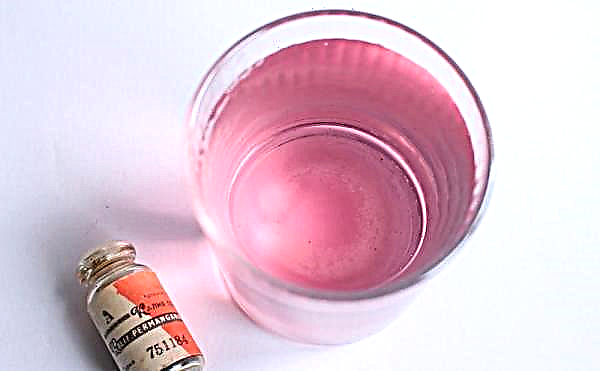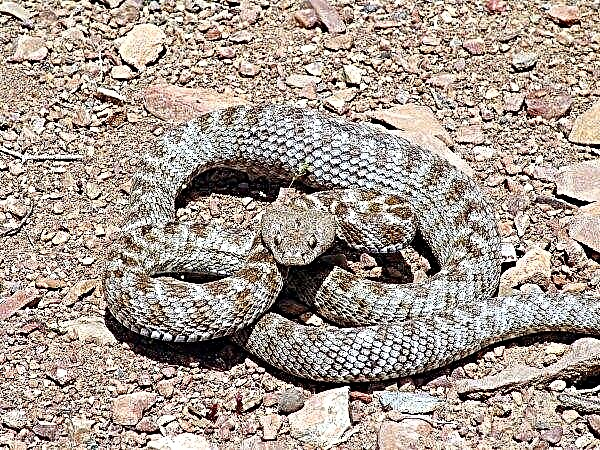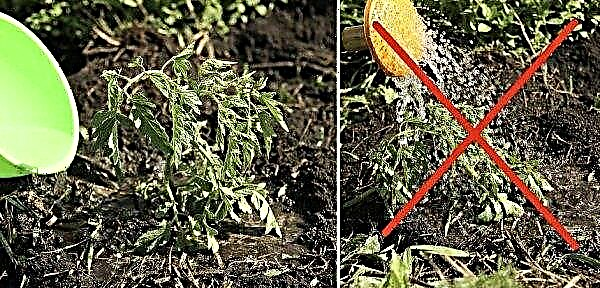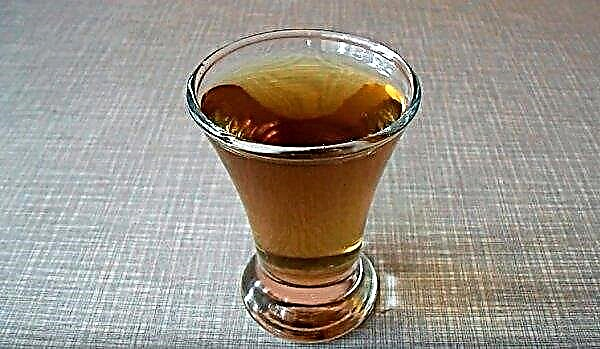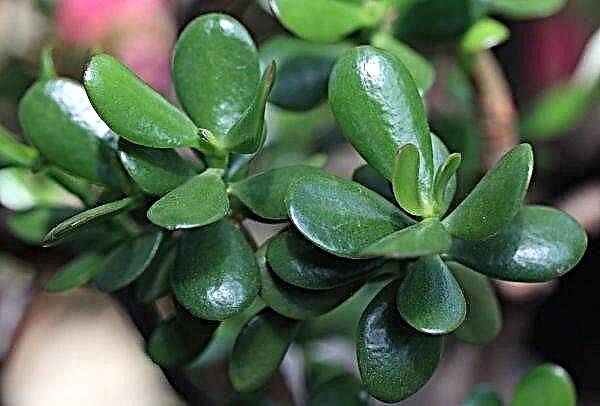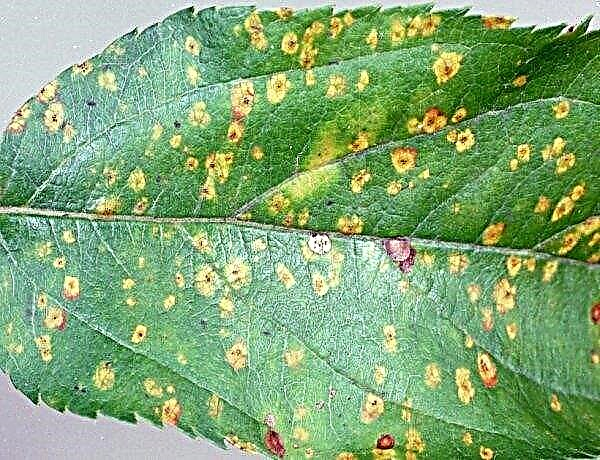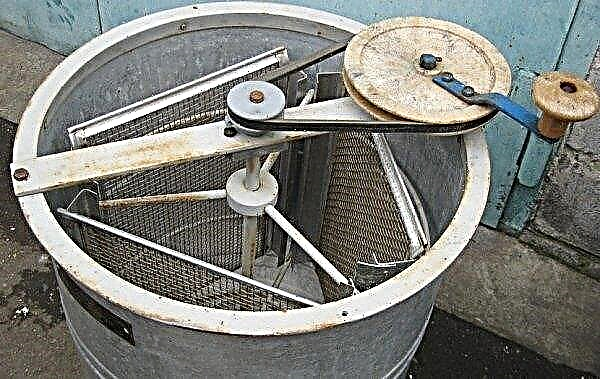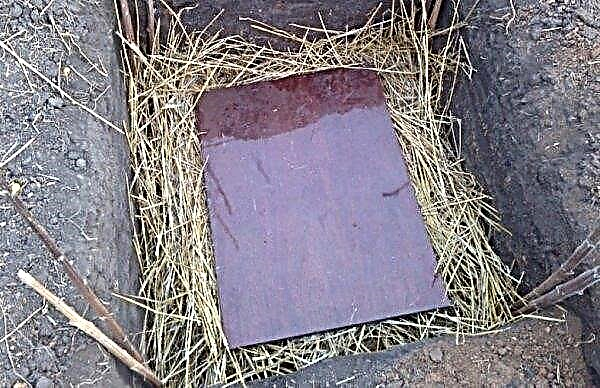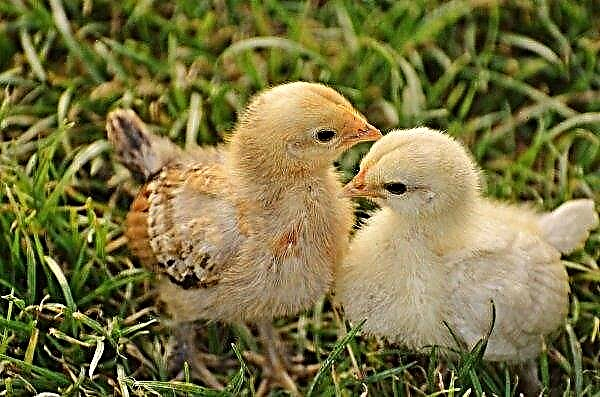Using the lawn on the plot helps to make the garden more aesthetic and vibrant. If you combine it with flowers and perennial shrubs, then a single composition is created. Caring for lawn grass is quite difficult, so many gardeners prefer to plant a Moorish mixture. This article will consider the advantages and disadvantages of this lawn, as well as the features of its cultivation.
What is a Moorish lawn
The history of the Moorish lawn dates back to the 7th century. In Spain and North Africa, there were a huge number of Arab states. There were also Moorish settlements. The rulers of these states created beautiful gardens and lawns near their palaces. After this, Slavic peoples appeared on this territory, thanks to which there appeared gardens resembling meadows. They later began to be called Moorish lawns.

What does it look like
The variety under consideration is a mixture of lawn grass and various flowering plants that can be found in Russian meadows. Depending on what will be included in the seed, the appearance of the lawn changes. The Moorish lawn looks quite bright and unusual. It will be an ideal option for those sites where the alpine or country style prevails.
Did you know? The most expensive lawn is around the Canberra government in Australia. Caring for it costs the state $ 300 thousand every month, since the irrigation system changes depending on temperature and humidity.
The site in the Moorish style can be of several varieties:
- tall, using tall crops;
- low, where low-growing flowers predominate;
- one-color, if plants of the same shade are planted together with lawn grass;
- variegated when different flowers are planted, differing in height and color.
Advantages and disadvantages
- The advantages of the Moorish-style lawn are as follows:
- It does not require frequent haircuts. It is enough to mow every month.
- Unpretentious to the care and composition of the soil.
- Regularly changes color, so the site looks different.
- Easy to recover. If there are voids, then in their place you can plant annual plants.
Did you know? Very often, the Moorish lawn includes a medunica, which in unblown form has bright pink inflorescences. When ready for pollination, it acquires a lilac color, and after emptying from nectar, it turns blue or white.
- Cons are the following:
- The need for careful thought over the composition of the seed. If it is not compiled correctly, there is a risk of blocking plants by other crops, and the garden will not look aesthetically pleasing.
- Not suitable for outdoor activities, because the flowers are not protected from trampling.
- The need for planting in small islands, since a large area requires long-term care.
- It can provoke an allergy in humans.
The composition of the herbal mixture
The Moorish lawn looks like a meadow meadow, therefore, the composition of the herbal mixture should include not only flowering plants, but also some types of cereals.
The most popular crops grown in this style include:
- Cornflower. It is considered the most popular plant. Inflorescences are characterized by a bright blue tint. The advantage of cornflowers is that they quickly renew.

- Bell. The advantage of this species is that it has high frost resistance (up to -20 ° C). Inflorescences have a bell-shaped structure. They come in different shades: white, blue, purple and pink.

- Large-flowered flax. It has increased winter hardiness (up to -30 ° C). There are a huge number of different varieties that differ in color and height.
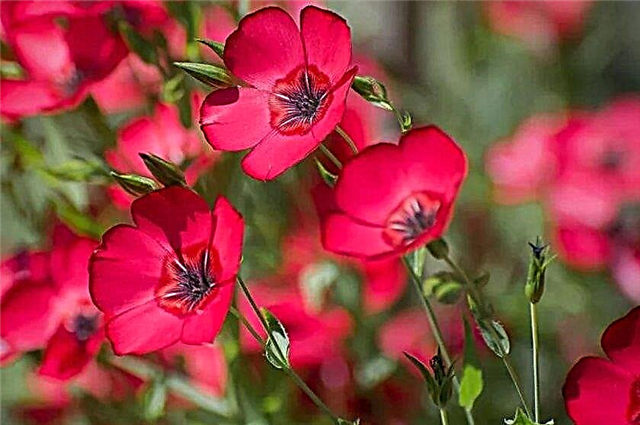
- Meadow chamomile. It is considered the most common flower grown in the meadows. It goes well with different cultures. It blooms from April to October. The height of the bushes reaches 90 cm.

- Poppy. It is characterized by bright red inflorescences that contrast beautifully against the background of green grass. The plant blooms for two weeks. The advantage of this culture is that it provides self-seeding.

- Echinacea. Refers to perennial plants, which are characterized by soft pink or saturated red inflorescences. Culture begins to bloom in May. Be careful, since echinacea can provoke allergic reactions.

You can also plant onion crops that blend beautifully with cereals. Planting tulips or daffodils will only improve the appearance of the meadow. If you decide what types of grass plants to sow on the site, then the best options are thin field birch, meadow timothy and pasture ryegrass. If we consider the ratio of herbs and cereals, then try to adhere to a proportion of 80:20 in favor of wildflowers.
How to sow and care
Despite the unpretentiousness in the care, it is necessary to correctly sow the mixture. First of all, you should prepare the soil, and also choose the optimal time for planting. During the entire growing season, you need to control the level of irrigation so that the soil is moist, but not much. In addition, it is required to periodically apply fertilizers for the qualitative development of flowers.
Important! Most of the flowers that make up the Moorish lawn are considered honey plants. They constantly attract bees and butterflies, which makes the site even more unusual, but dangerous for humans.
The timing
Gardeners recommend planting a Moorish lawn in spring, from April to May. The best timing is best chosen depending on the climatic conditions of the region. You can also plant in the fall, so that perennial and bulb crops can take root before spring.
Sowing is carried out from late August to late September. Given that in autumn, air and soil have a high level of humidity (due to excessive rainfall), then additional watering after planting is not required.
Site selection and preparation
When choosing a place for planting, you need to consider many features. Most often, a Moorish-style lawn is planted near ponds, in the shade of tall trees or on roadsides. Flowering mixtures should be well lit by sunlight, therefore sowing is carried out on the south side of the garden. It is best if at noon the plants are in the shade so as not to fade.
Soil preparation is carried out in several stages:
- Free the area from weeds and dig it to a depth of 30 cm. It is best to carry out the procedure in the fall.
- Cover the surface with manure, the layer of which should be at least 5 cm.
- Dig the area again in the spring.
- Compact the soil using a barrel or a cylindrical container filled with water.

Sowing seeds
Sowing seeds of the Moorish lawn is necessary 2 weeks after preparation of the seat. Buy a quality herbal mixture in a specialty store, carefully reading the expiration date. First, soil must be watered using 10 liters of water per 5 m². Sow the seeds to a depth of 1 cm. The optimum ratio is 50 g per 1 m².
Immediately after planting, you need to moisten the soil. Try to carry out the procedure carefully so as not to wash the seeds. After that, cover the area with agrofiber so that the shoots are even. The first sprouts appear on the surface after 14-17 days.Important! Strongly deepen the seed should not be, as this will significantly slow the emergence of seedlings.
Watering
Immediately after planting, watering is carried out by the drip method. This is done so as not to wash the seeds and not damage the seedlings. After the seed has strengthened and the first seedlings appear, you can reduce watering and carry it out as necessary. It is believed that it is enough to irrigate the soil once a week.
 It is recommended to water the Moorish lawn in the morning or in the late evening after sunset. This allows moisture to be moistened to an optimum depth of 15 cm.
It is recommended to water the Moorish lawn in the morning or in the late evening after sunset. This allows moisture to be moistened to an optimum depth of 15 cm.
Weed removal
To remove weeds, you will need to use garden tools. The best option is a root eliminator or trimmer. This is best done manually so as not to damage the cereals. You can also use the selective action herbicide Deimos (5 ml per 5 l of water). The treatment procedure is carried out every month.
Aeration
Loosening the soil is necessary in order to allow the root system to develop correctly. Weeding is not recommended, as this may damage the lawn.That is why piercing the soil is considered the best option. You can use ordinary forks for this. The procedure is carried out every month.
Fertilizing and fertilizers
In the first year after sowing, fertilizing is not recommended, since manure was used during soil preparation. An overabundance of nutrients can cause flower crops to start to hurt.In the second year after planting, it is recommended to use the Fertis fertilizer complex (100 g per 10 l of water) or Ecoplant (100 g per 7 l of water). All prepared volume of working fluid needs to be distributed on 20 m².
Mowing
The lawn is mowed several times during the season:
- after the appearance of greenery, but before blooming, it is necessary that the green mass does not inhibit the development of inflorescences;
- after flowering - the mowing height should be at least 10 cm.
Autumn mowing is recommended when there is no rainfall. Greens from the site are not immediately removed, but left for several days to dry. You can mow the lawn with a lawn mower or with an electric trimmer. If you planted bulbous plants on the site, then they need to be cut off immediately after the death of the leaves.
If you decide to create an unusual and vibrant atmosphere at your site, then the Moorish lawn would be the perfect option for this. It is necessary to choose the right mixture for sowing so that the flowers change monthly, without violating the beauty of the meadow. Thanks to this, the site will delight you with bright colors from late spring to mid autumn.







